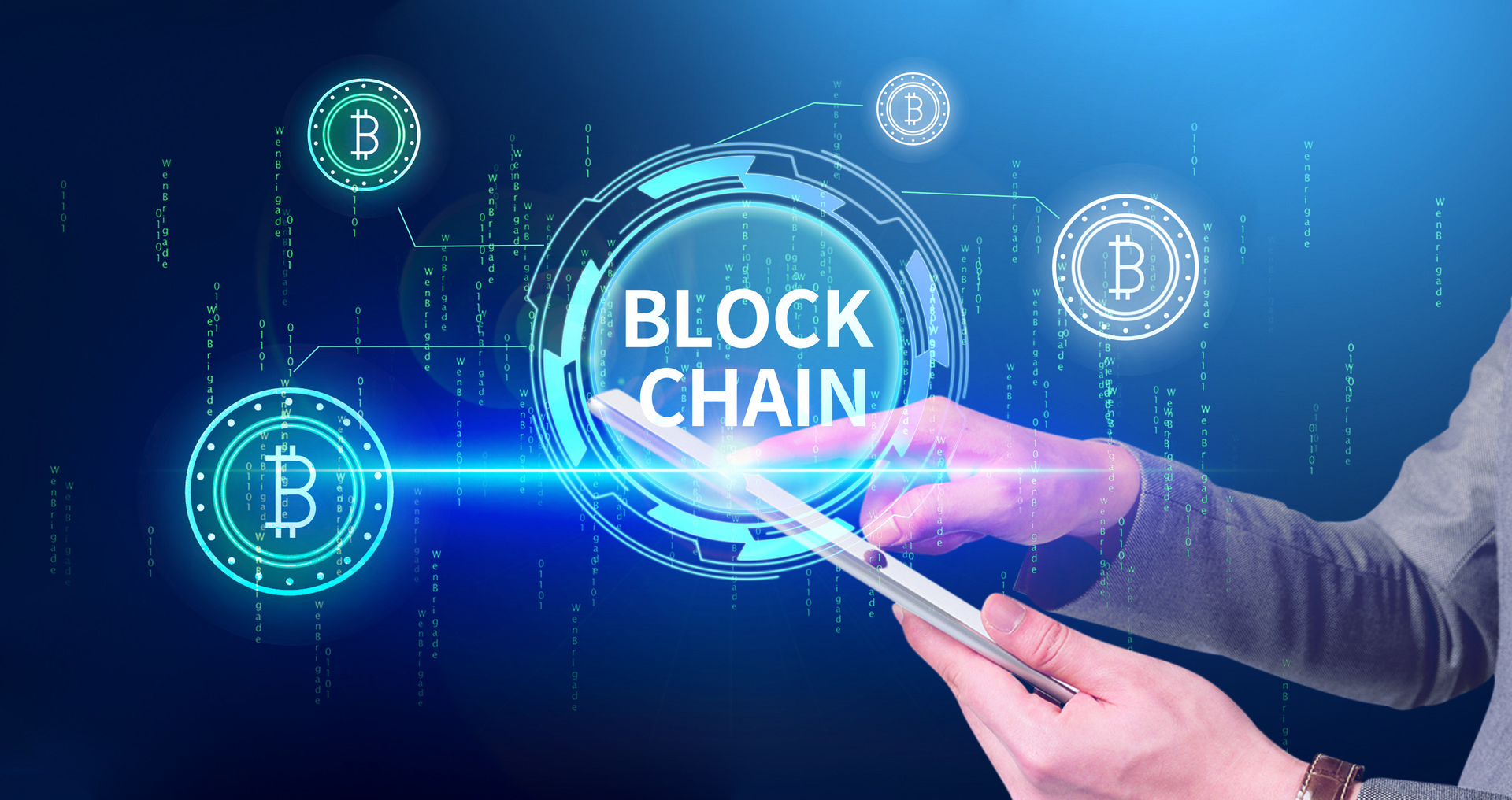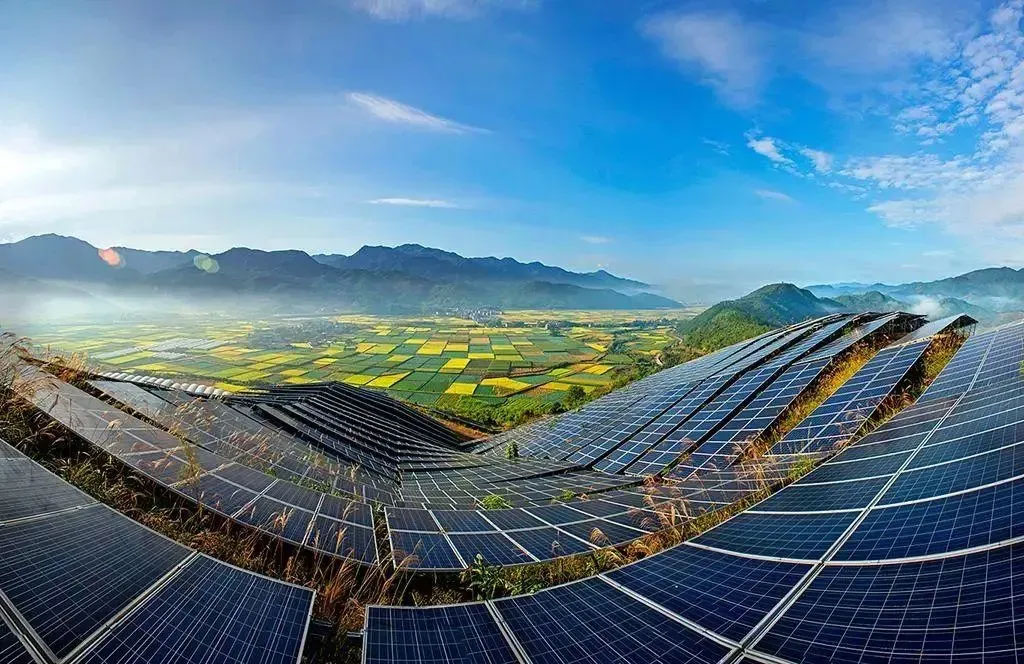What is blockchain

Blockchain is a chain composed of blocks one after another. Each block stores a certain amount of information, which is connected into a chain in the chronological order of their respective generation. This chain is stored in all servers, and as long as one server in the entire system is operational, the entire blockchain is secure. These servers are referred to as nodes in the blockchain system, providing storage space and computing power support for the entire blockchain system. If you want to modify information in the blockchain, you must obtain the consent of more than half of the nodes and modify the information in all nodes, which are usually in the hands of different entities. Therefore, tampering with information in the blockchain is extremely difficult.
Compared to traditional networks, blockchain has two core characteristics: first, data is difficult to tamper with, and second, decentralization. Based on these two characteristics, the information recorded by blockchain is more authentic and reliable, which can help solve the problem of people's mutual distrust.
The core technology of blockchain mainly consists of four parts, and each technology has its own role in the entire blockchain system.

Distributed ledger
Distributed ledgers refer to transactions that are recorded by multiple nodes located in different locations, and each node records a complete account. Therefore, they can all participate in monitoring the legality of transactions and also jointly testify to them.
Unlike traditional distributed storage, the uniqueness of blockchain distributed storage is mainly reflected in two aspects: firstly, each node in the blockchain stores complete data in a blockchain structure, while traditional distributed storage generally divides data into multiple parts according to certain rules for storage. The second is that each node in the blockchain stores independently and with equal status, relying on consensus mechanisms to ensure storage consistency, while traditional distributed storage typically synchronizes data from the central node to other backup nodes. No single node can record ledger data separately, thus avoiding the possibility of a single bookkeeper being controlled or bribed to keep false accounts. Due to the sufficient number of accounting nodes, theoretically speaking, unless all nodes are destroyed, the accounts will not be lost, thus ensuring the security of accounting data.
Asymmetric encryption
The transaction information stored on the blockchain is public, but the account identity information is highly encrypted and can only be accessed with the authorization of the data owner, thereby ensuring data security and personal privacy.
Consensus mechanism
The consensus mechanism is how all accounting nodes reach a consensus to verify the validity of a record, which is both a means of verification and a means of preventing tampering. Blockchain proposes four different consensus mechanisms that are suitable for different application scenarios, achieving a balance between efficiency and security.
The consensus mechanism of blockchain has the characteristics of "minority obeys majority" and "everyone is equal". Among them, "minority obeys majority" does not completely refer to the number of nodes, but can also refer to computing power, number of shares, or other characteristic quantities that can be compared by computers. 'Everyone is equal' means that when a node meets the conditions, all nodes have the right to first propose a consensus result, which is directly recognized by other nodes and may eventually become the final consensus result. In bits

 中文
中文
 English
English




